Free Cad Car Design Course
Automotive Design & Marketing Management
In the previous post we saw the digital phase of vehicle development. Because we're mainly oriented to engineering students, in this post we will give clear information to guide them. One of the advantages of the digital phase of car design is that there are a wide variety of books, courses and tutorials. In addition, whether or not you have job experience, anyone can create their own portfolio. Although the portfolio is not as important as it is in the styling phase, it can help to get a job as a car designer. This seems basic, but it's a clear difference with regard to who specializes in any other engineering area, since here you only need a computer and the CAD to practice and improve your skills. Usually it's enough to do a course or read a book to learn how to handle the tools and then go through tutorials of Cad parts and complete assemblies to have greater practice. It doesn't matter if the tutorials are about cars or not, in each one you learn something new.
WHICH CAD SOFTWARE SHOULD I START WITH?
What CAD to learn to work in the automotive industry?There is no right answer or any irrefutable opinion. What is important is to learn to manage one software. Then you can easily adapt to another Cad if necessary. It should also be mentioned that all the CAD softwares that we indicate are for professional use. Some of the main differences between the softwares are the ability to manage assemblies with thousands of components and the constant interaction with work teams in different locations around the world. But there is none that is better or worse than another, each one adapts to a need that should be analyzed. In addition, in each area of the world and in each company there is priority for a specific program for reasons beyond our control, such as after-sales service, prices, programs used by suppliers ... As students or professionals, when it comes to learning how to handle them, all these programs are good options. Even so, we're going to obtain some conclusions to advise you with which CAD program to start learning. We can organize the CADs in three groups:
We've seen in the previous post which Cad uses each manufacturer, so this can help you depending on your preferences. Also, depending on the country, there is a greater preference for a particular CAD program than others. AutoCad for car designAutoCad is intended for 2D, that is to say, plans and layouts, although AutoCad 3D exists, it isn't widely used. In this case, despite being worldwide known, it is not the most recommended Cad for car design. Despite this, it's interesting to have a certain handling of this program at the 2D level for the modification of planes. It's used to design the layout of the machinery in the production of the vehicle, but not for the car design itself. MicroStation is an alternative to AutoCad 2D. Fusion360 for car designFusion360: - It has a very economical license compared to its competitors, around € 300 per year through a monthly subscription. It has a free license for young entrepreneurs and start-ups, which makes it a great option for those who want to transfer their designs to the computer or create their small projects. Students and teachers have a free license for three years. It's a program that works online and performs well. It isn't used by large automakers and is not as much geared towards real vehicle designs. It's indicated for those entrepreneurs who wish to create their own project and have a limited budget. It doesn't have a notable demand from companies, whether medium or large. It's the most recommended CAD if you have just started, and you're going to collect from your customers.
Inventor for car designInventor - This CAD is very product design oriented with emphasis on the actual working of the object. It isn't widely used by large manufacturers, so it's more suitable for medium-sized companies. It is somewhat easier to learn than its competitors, especially if you don't have an engineering background. It's ideal for design studios. It's a direct competitor to SolidWorks. It is free for students and teachers. Globally, it's demanded by 15% of companies that require a CAD skill. But for large companies in the automotive sector, this percentage drops to a minimum (2%). But the demand for each program also depends on the country (In Spain it's 11% for example). It's an accessible and idyllic CAD to start learning. SolidWorks for car designSolidWorks - Also geared toward mid-size fabricators. The operation and interface of both Inventor and Solidworks are very user-friendly and easy to understand. This makes SolidWorks a great option to get into CAD and also Computer Aided Engineering (CAE). It's one of the most popular softwares, so there is a wide variety of tutorials to learn. This makes it possibly the best option for any engineering student who wants to be skilled in CAD, especially if he doesn't have the immediate intention of addressing a large multinational. It should be noted that this type of software is always beneficial at the curriculum level, but there are other CADs (solid modeling) much more oriented to automotive design, therefore, more in demand in large multinationals. In low-volume manufacturers SolidWorks is still highly used. If we consider which Cad softwares are in demand at present, more than half use SolidWorks, whether within the automotive sector or outside. Solidworks includes cool tools like design validation, reverse engineering, and optimization. It's ideal for medium-high complexity designs, such as a handcrafted vehicle, or for the design of complex objects. It only works on Windows. Solid Edge for car designSolid Edge is another good option for mechanical and electrical design. It's easy to master, flexible, and adapts to clients. Its license is cheaper than Catia or Siemens NX, so it's more feasible to see in medium-sized companies. It integrates both CAD and CAE and is also ideal for design studios that develop projects of medium-high complexity. Globally, it is demanded by 18% of companies that require CAD skills. This percentage drops to 7% in the automotive sector. In certain countries, such as Spain, it has a much smaller presence, so each one will have to adapt to the panorama of their own country. PTC Creo for car designPTC Creo, previously called Pro / Engineer, integrates CAD, CAE, and CAM. In addition to its own PLM system called Windchill. This is similar to what happens with Catia or NX. It's also a great option, and your choice will depend on the brands you want to apply to, or the availability of tutorials or courses that you can take. It incorporates augmented reality or 3d printing functions that are very interesting. Catia for car designCatia belongs to Dassault Systèmes, just like SolidWorks. It's used in the aeronautical and automotive industry, together with NX they are the two most robust Cad programs that exist. Both Catia and Siemens NX are oriented to ultra-complex projects with thousands of components and with different teams of engineers working on the design in unison. Let us be clear, if you have a reduced time and want to quickly apply to jobs as an automotive or aeronautical engineer, Catia is the program to learn, followed by Siemens NX. In contrast, Catia's interface is less user-friendly and intuitive than SolidWorks or Inventor, so learning is much less enjoyable. The designs are slower to make, ultra-detailed, more serious and with a constant flow of information between the different departments. It is a really complex program, with a large number of modules and tools. Catia includes CAD, CAE and CAM at a really high level, in fact it has a lot of modules oriented to different applications, including modeling in automotive design (Icem Surf). It's a really comprehensive program, so it can be overwhelming as the first software to learn. If someone wants to "enjoy" developing their own designs and learning little by little, it may not be the most recommended option as a first program to get into CAD. It's demanded by 16% of companies globally, although in the automotive sector this percentage increases to 22%. These percentages include companies of any size, but for large multinationals, Catia is the most popular CAD. It's demanded by 16% of companies globally, although in the automotive sector this percentage increases to 22%. These percentages include companies of any size, but for large multinationals, Catia is the most popular CAD. Siemens NX for car designSiemens NX, previously called Unigraphics, is a fully professional parametric and surface design software with integration into Product Life Cycle Management (PLM). It has some cool features like development-of-concept testing and the digital twin concept. There are a smaller number of companies that use it, but the few that have this Cad are usually very large multinationals. Within the automotive sector, it increases its presence in companies that produce plastic parts.
WHICH CAD SOFTWARE TO START WITH?
Which Cad program to choose?As stated above, globally, SolidWorks is demanded by half of the companies that require the use of a Cad software. The other 50% is shared, almost equally, between Inventor, SolidEdge and Catia. But if we focus solely on the automotive sector, almost all the demand is shared between SolidWorks and Catia, and to a lesser extent, Solid Edge. But the point is that there is no bad decision, if you learn to handle a CAD program it's easy to adapt to any other CAD easily. As a general and subjective recommendation:
Note: It's important to point out that all the CADs indicated are fully professional and worthy of being included in a curriculum vitae. Sometimes, the difference is in the size of the company that employs them; but it is equally valid to know SolidWorks as Catia. Free Cad ProgramsMost of the above CADs have free trial or student licenses. There are some free CAD softwares anyway. TinkerCad and FreeCad are free CADs. The first creates solids through blocks, so its approach is basic and limited. FreeCad is an open source parametric design software with basic options. It's appropriate for a very first approach to CAD, but they are far from being professional tools like those mentioned above. Anyway, to learn it's always more advisable to download a trial or student license from any of the CAD listed above.
With this we conclude the digital phase. Unfortunately, we cannot access a wind tunnel if we are passionate about aerodynamics, but we can download a CAD software and simulate it. This is the advantage that this phase offers us, we can have exactly the same work tool at home as in design and development studios.
In the next post we will see an introduction to the physical phase, in which we will see the trials and tests carried out on the prototypes. Here we will begin to understand the real development of a car on a physical level, and in turn, it's the phase about which the least has been written on the internet. This is due to the high level of secrecy that exists in the development of the prototypes. After the introduction of the physical phase, in subsequent posts we will see one by one all the technical aspects that have to be taken into account, such as vehicle dynamics and aerodynamics, without formulas or mathematics. So to speak, here is when we are going to start learning about cars. Follow us on Instagram to stay tuned. Sorry for the level of English, we are Spanish speakers. Thank you so much for the comments. If you have missed any post, here you can see the complete index.
3 Comments
3/30/2023 08:24:46 am
Such an interesting post. This is so cool!
Reply
Leave a Reply. |
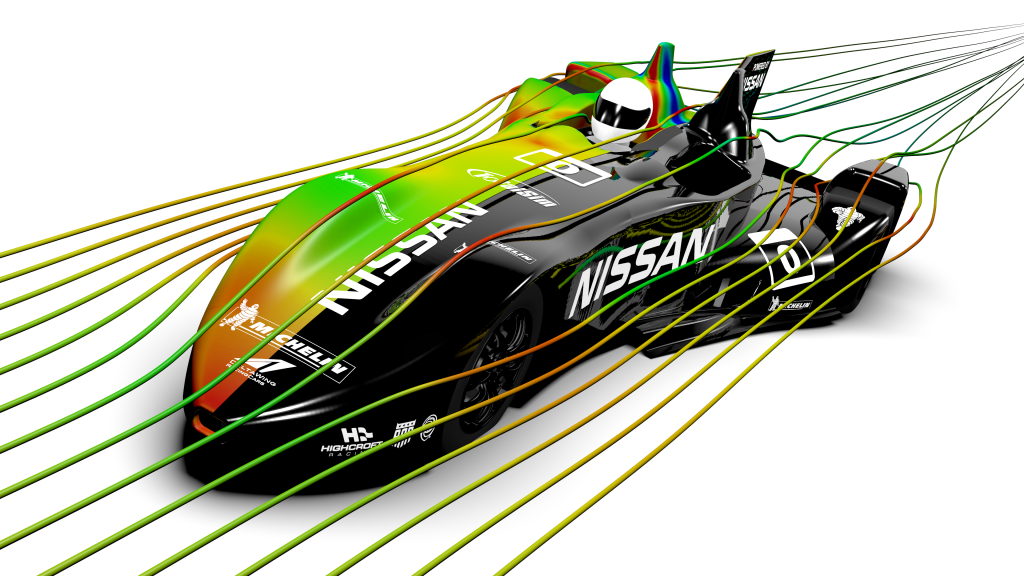
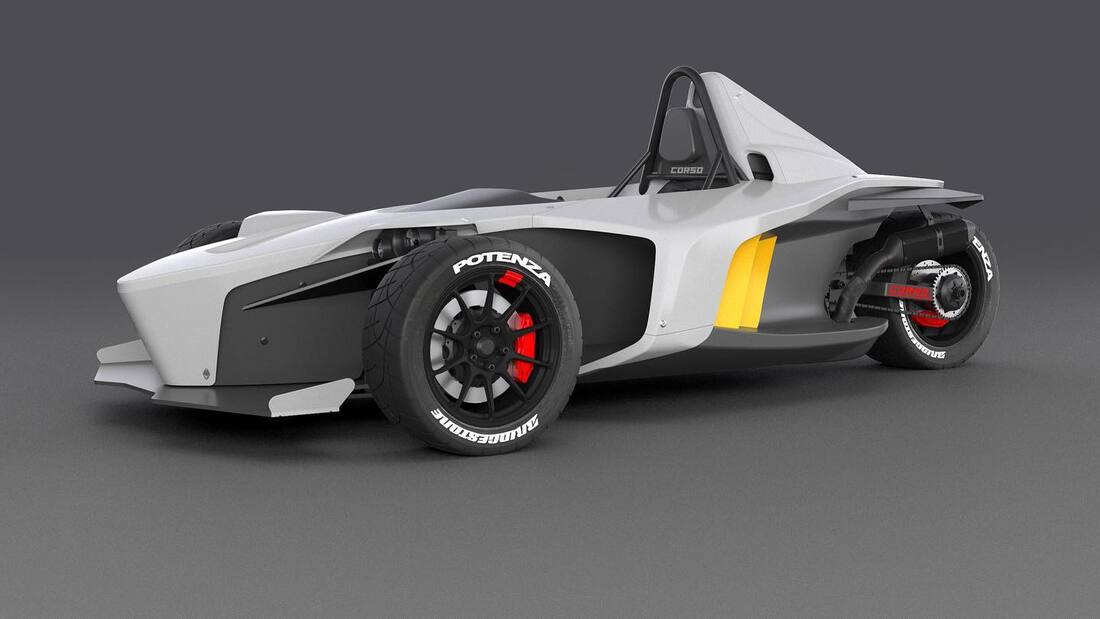

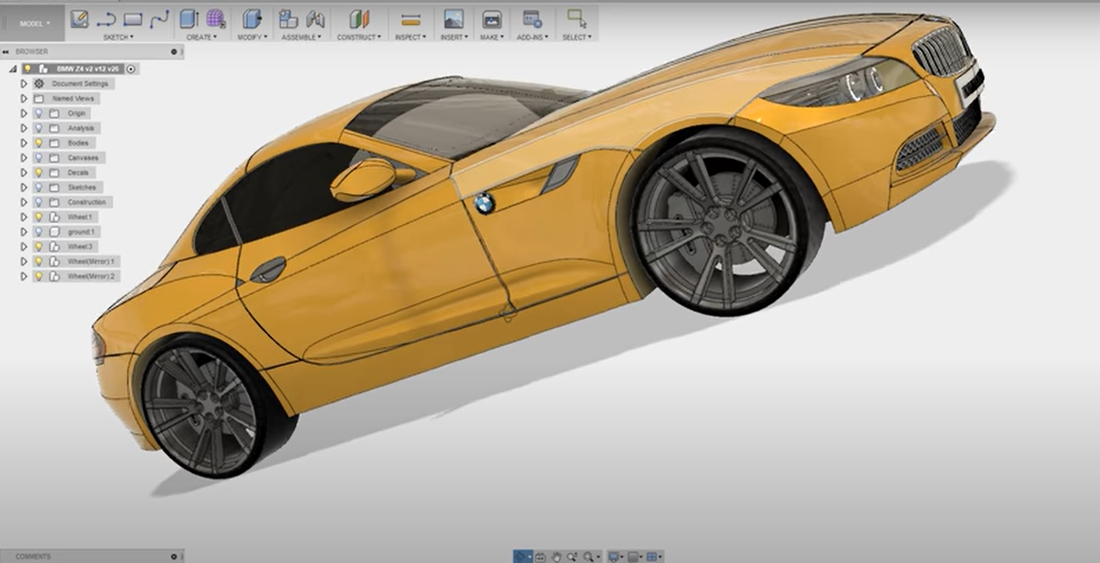
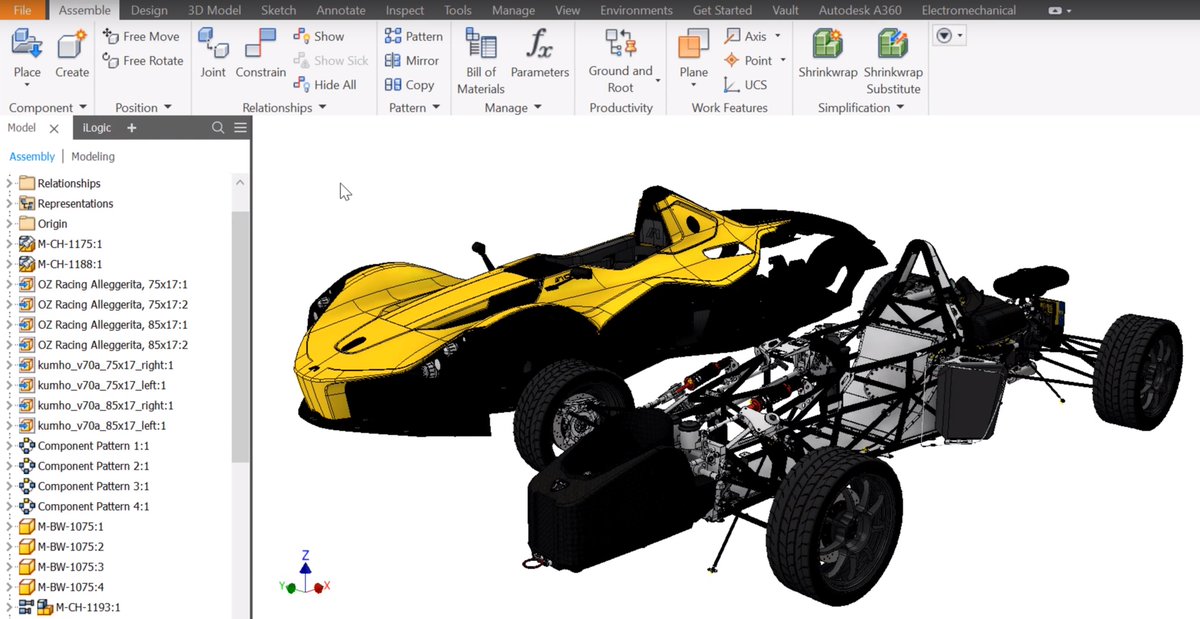
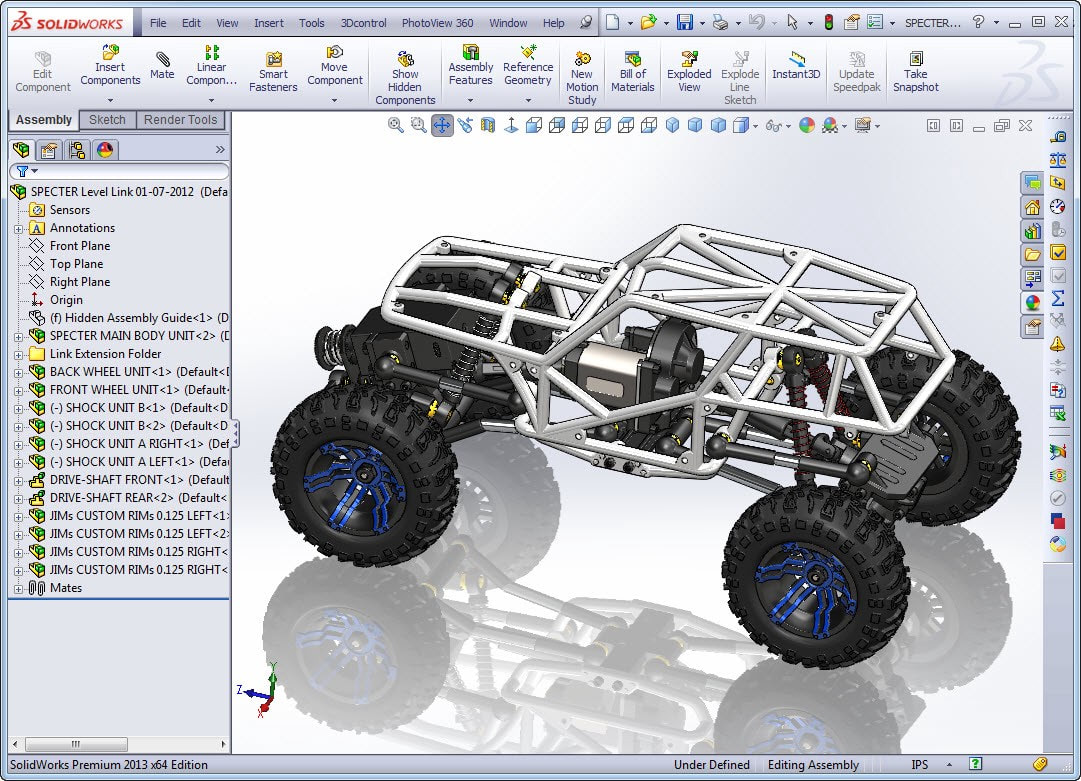
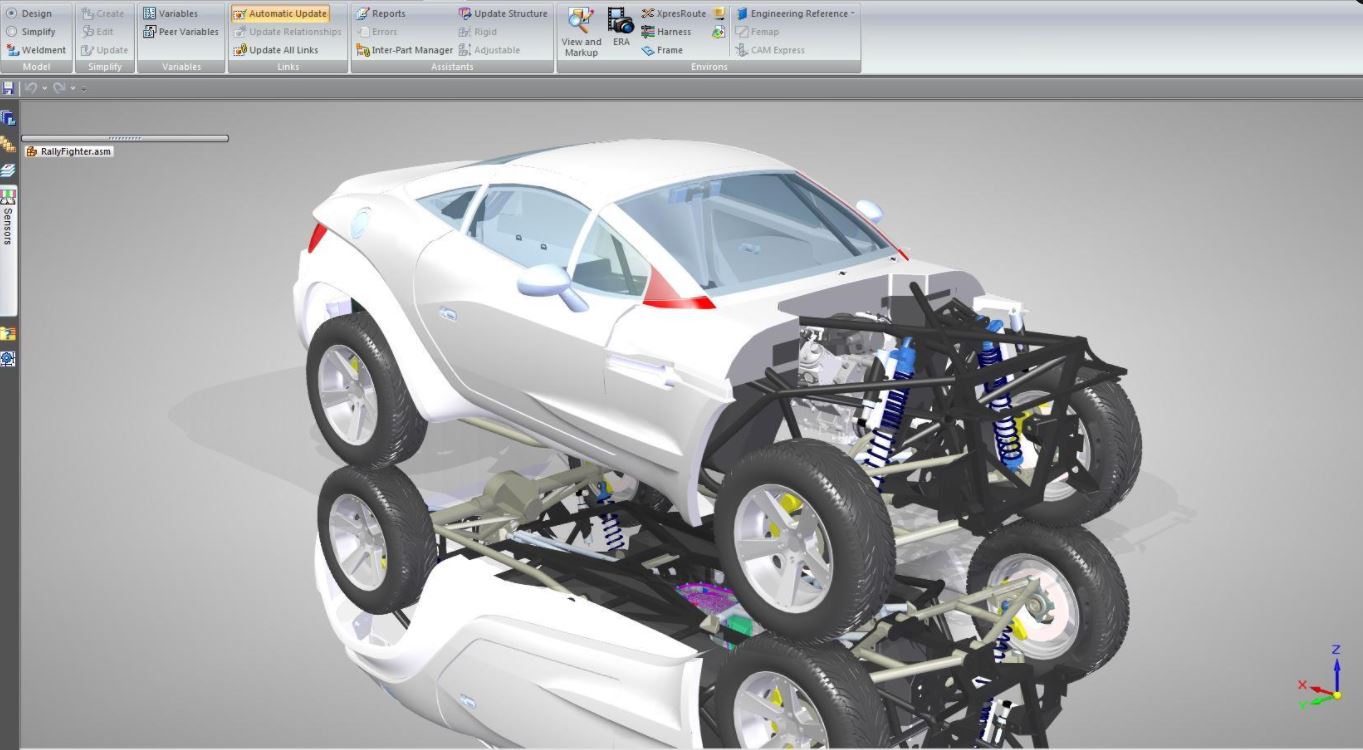
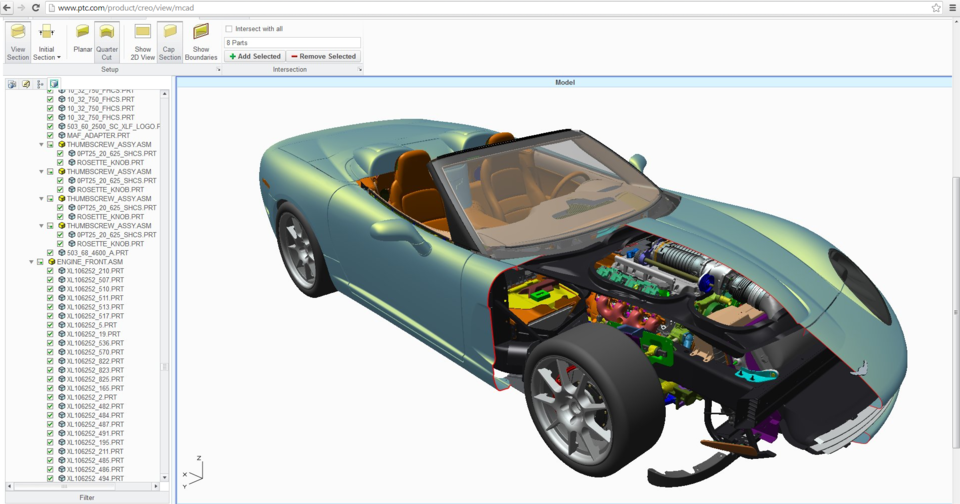
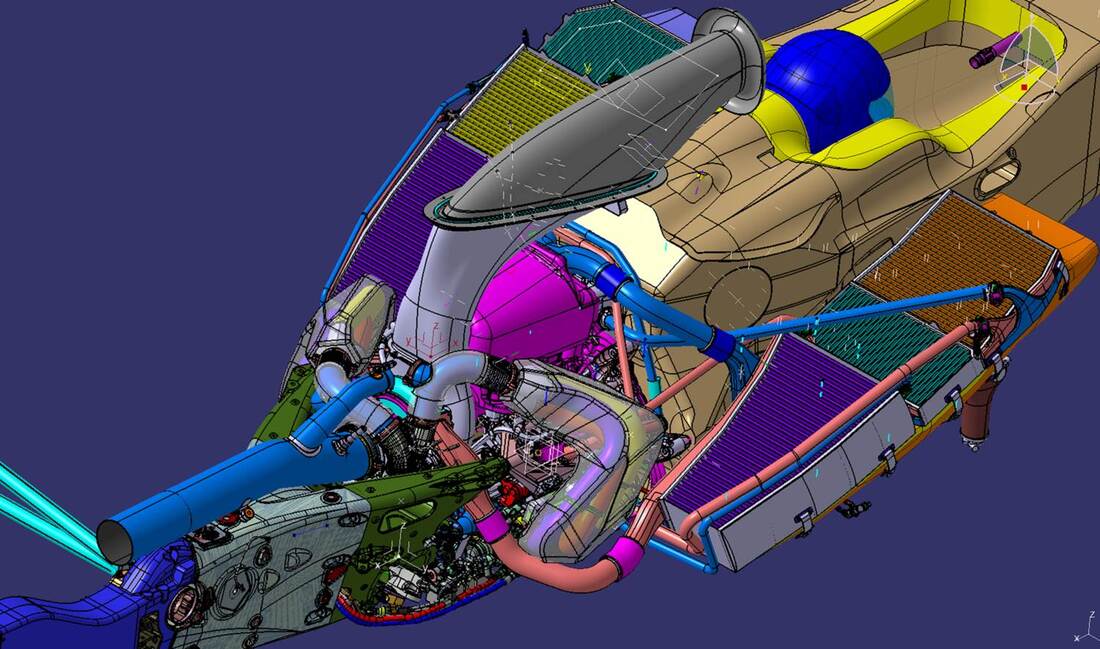
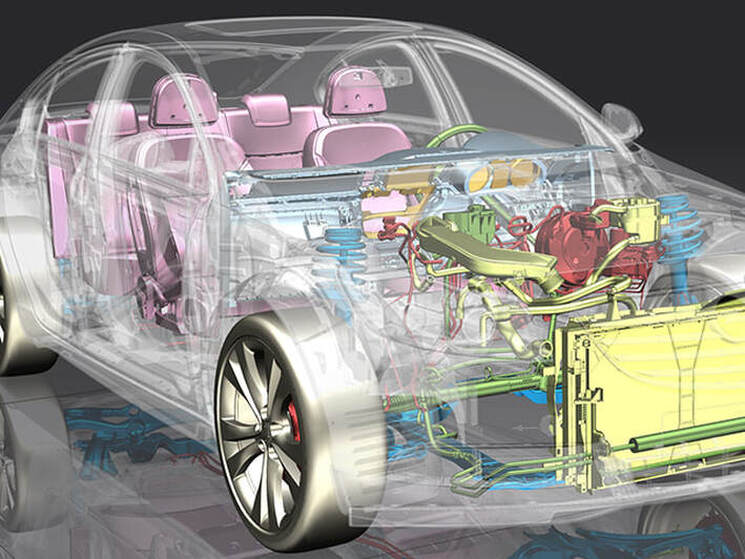
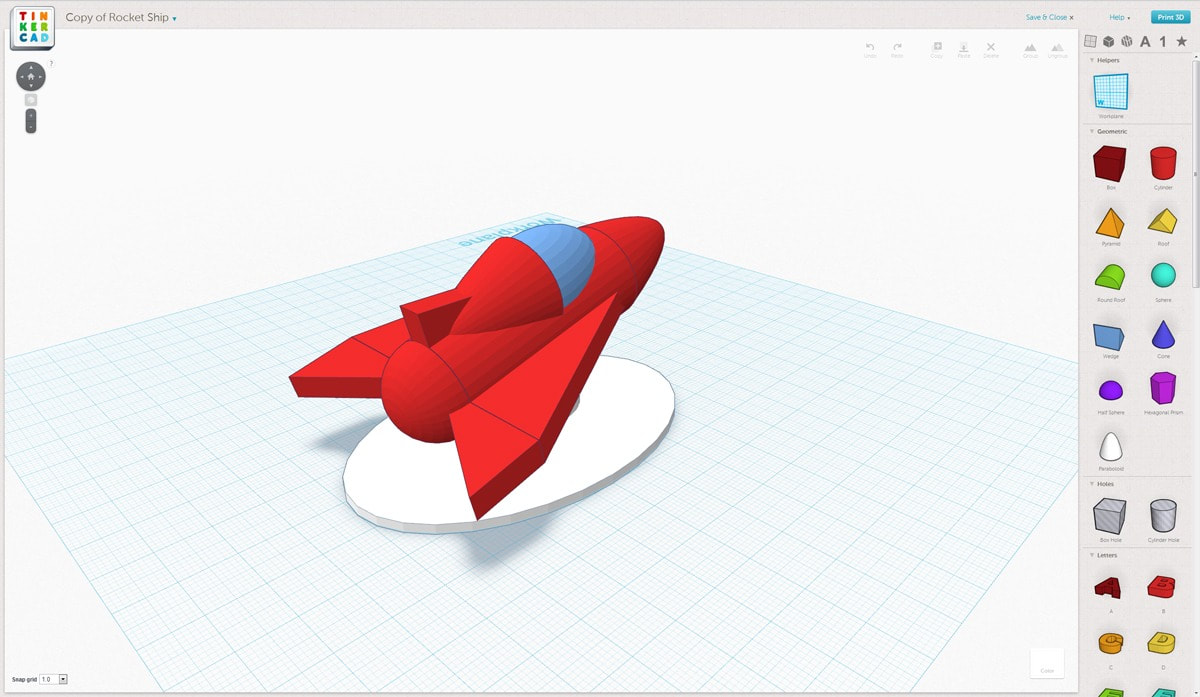
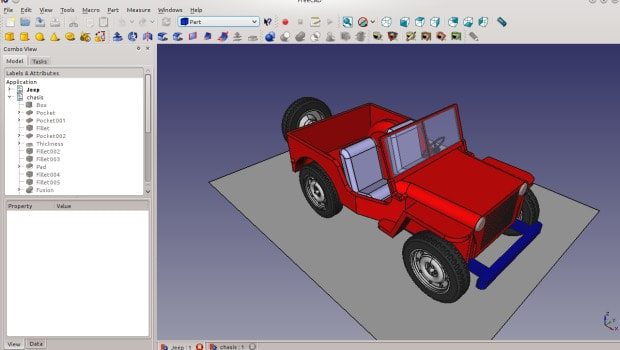
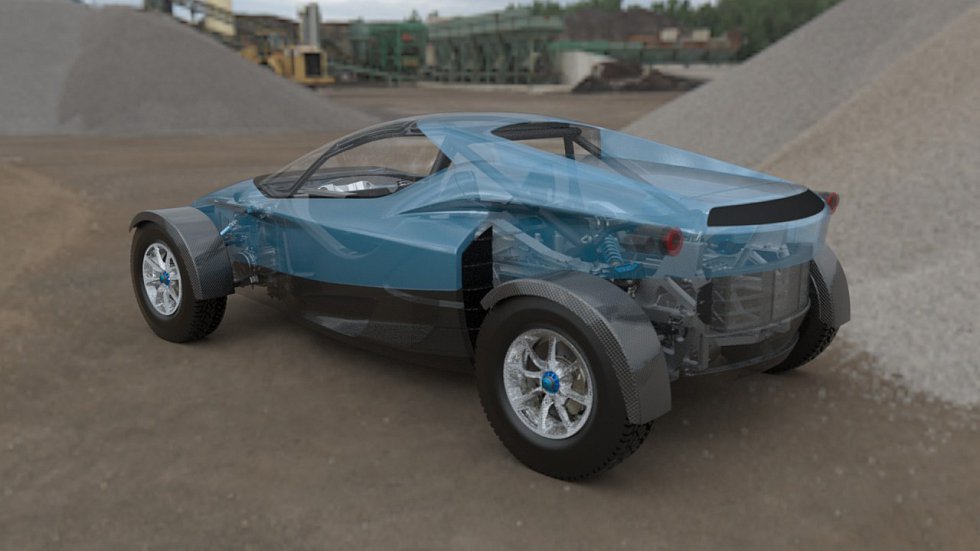

 RSS Feed
RSS Feed